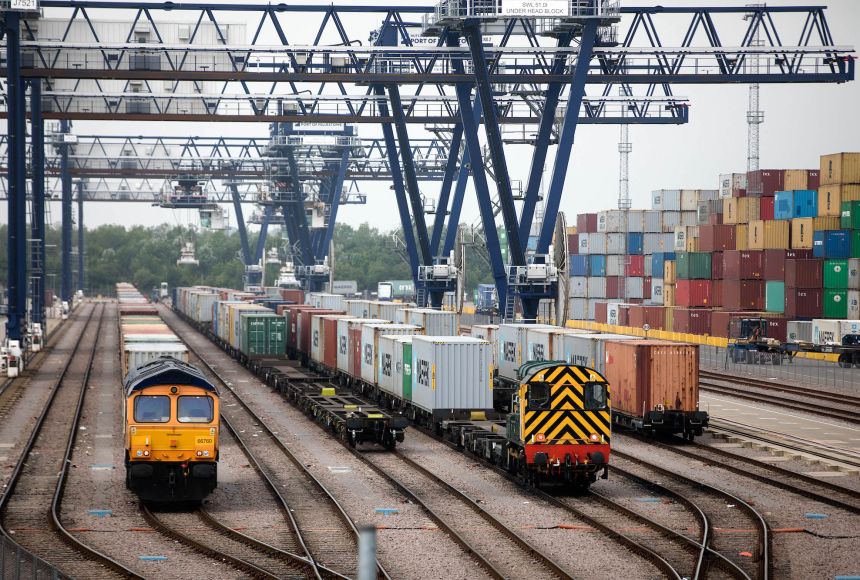Globalization is a term used to describe how trade and technology have made the world into a more connected and interdependent place. Globalization also captures in its scope the economic and social changes that have come about as a result. It may be pictured as the threads of an immense spider web formed over millennia, with the number and reach of these threads increasing over time. People, money, material goods, ideas, and even disease and devastation have traveled these silken strands, and have done so in greater numbers and with greater speed than ever in the present age.
When did globalization begin? The Silk Road, an ancient network of trade routes across China, Central Asia, and the Mediterranean used between 50 B.C.E. and 250 C.E., is perhaps the most well-known early example of exchanging ideas, products, and customs. As with future globalizing booms, new technologies played a key role in the Silk Road trade. Advances in metallurgy led to the creation of coins; advances in transportation led to the building of roads connecting the major empires of the day; and increased agricultural production meant more food could be trafficked between locales. Along with Chinese silk, Roman glass, and Arabian spices, ideas such as Buddhist beliefs and the secrets of paper-making also spread via these tendrils of trade.
Unquestionably, these types of exchanges were accelerated in the Age of Exploration, when European explorers seeking new sea routes to the spices and silks of Asia bumped into the Americas instead. Again, technology played an important role in the maritime trade routes that flourished between old and newly discovered continents. New ship designs and the creation of the magnetic compass were key to the explorers’ successes. Trade and idea exchange now extended to a previously unconnected part of the world, where ships carrying plants, animals, and Spanish silver between the Old World and the New also carried Christian missionaries.
The web of globalization continued to spin out through the Age of Revolution, when ideas about liberty, equality, and fraternity spread like fire from America to France to Latin America and beyond. It rode the waves of industrialization, colonization, and war through the eighteenth, nineteenth, and twentieth centuries, powered by the invention of factories, railways, steamboats, cars, and planes.
With the Information Age, globalization went into overdrive. Advances in computer and communications technology launched a new global era and redefined what it meant to be “connected.” Modern communications satellites meant the 1964 Summer Olympics in Tokyo could be watched in the United States for the first time. The World Wide Web and the Internet allowed someone in Germany to read about a breaking news story in Bolivia in real time. Someone wishing to travel from Boston, Massachusetts, to London, England, could do so in hours rather than the week or more it would have taken a hundred years ago. This digital revolution massively impacted economies across the world as well: they became more information-based and more interdependent. In the modern era, economic success or failure at one focal point of the global web can be felt in every major world economy.
The benefits and disadvantages of globalization are the subject of ongoing debate. The downside to globalization can be seen in the increased risk for the transmission of diseases like ebola or severe acute respiratory syndrome (SARS), or in the kind of environmental harm that scientist Paul R. Furumo has studied in microcosm in palm oil plantations in the tropics. Globalization has of course led to great good, too. Richer nations now can—and do—come to the aid of poorer nations in crisis. Increasing diversity in many countries has meant more opportunity to learn about and celebrate other cultures. The sense that there is a global village, a worldwide “us,” has emerged.
